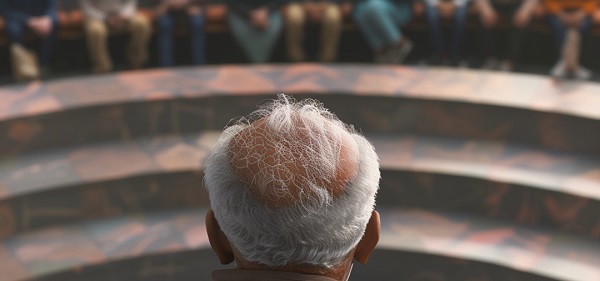International
Former Secret Service agents describe ‘apocalyptic security failure’ at Trump event
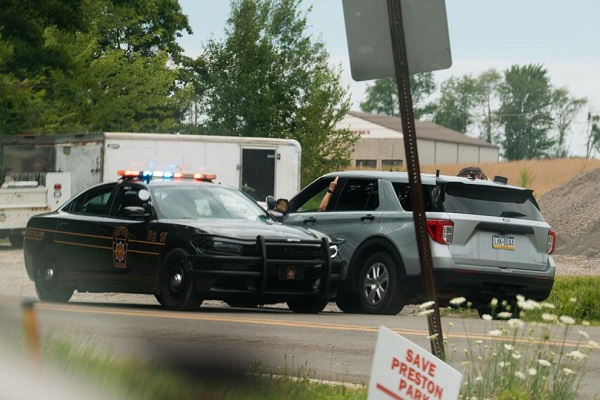
Police vehicles near the site of the Butler, Pa., venue where President Donald Trump was speaking when he was struck in the ear by a bullet in an assassination attempt
From The Center Square
Former U.S. Secret Service agents and security experts argue the Secret Service’s failure to prevent an assassination attempt against former President Donald Trump on Saturday was “apocalyptic,” exhibiting a “massive security breach.”
U.S. House Speaker Mike Johnson, R-Louisiana, has called for a congressional investigation. Multiple members of Congress are asking how a shooter ever reached a rooftop of a building to fire a shot at Trump, including U.S. Rep. Cory Mills, R-Florida, an Army veteran and counter sniper for the State Department who coordinated protective details for then Vice President Joe Biden, Condoleezza Rice and First Lady Laura Bush.
The assassination attempt on Trump was “a massive security breach,” Mills told CNN. The distance between the shooter and Trump was roughly 400 to 500 feet, “which is nothing for a shot adjacent to the stage of the president,” he said. “There was no one on that building, … in the building, standing next to the building to ensure there’s no access to the building,” he said. If there were, they “could have prevented this shooting.”
In an interview with Fox News, Mills said that the shots fired were the kind that soldiers learn in basic training boot camp and are “requested to make within nine weeks. This is one of the easiest shots.”
He said his job at the State Department involved working with an advanced team to establish a perimeter and “identify areas of threat that you would be able to mitigate … whether it be a building, … a lone tree … a parking lot. … Bottom line is this is massive negligence.”
Secret Service spokesperson Anthony Guglielmi has said agents responded quickly and the agency “added protective resources and technology and capabilities as part of [Trump’s] increased campaign travel.”
Former Secret Service agent Dan Bongino questioned this claim, asking on Fox News, “Which ones? You’re telling me the best technology you have was deployed and you missed a shooter 130 yards away … and even worse, it’s broad daylight on a white roof.”
He asked if there was forward-looking infrared deployed and if there was aerial support like drones and helicopters.
Bongino also pointed out that Trump “knew to duck … and saved his own life. That’s just a fact. The evacuation did not go right. The rule with the Secret Service is ‘cover the protectee’ and evacuate. The other rule is ‘maximum to the protectee, minimum to the problem. … Because you don’t know that’s the only problem. It could be a distraction. There could be another person in the crowd … you could be looking at multiple shooters.”
“The failure here is absolutely catastrophic,” he said, calling on Secret Service Director Kim Cheatle to resign immediately. He said Secret Service “absolutely resolutely 100% failed. This was an apocalyptic security failure. … An uneventful failure is never a success. The fact that Donald Trump didn’t die … is no reason for anybody to take some kind of victory lap.”
Former Secret Service agent Jeff James agreed, telling WTAE ABC News the agents on the stage should have moved Trump off sooner because the first shots fired “may have been the precursor in the real attack. There may have been four more gunmen who were going to start opening fire. I would have rather seen him get him into the armored cars and get him out of there more quickly.”
Bill Pickle, a former deputy assistant Secret Service director, told the Wall Street Journal, “The reality is there’s just no excuse for the Secret Service to be unable to provide sufficient resources to cover an open rooftop 100 yards away from the site. And there’s no way he should’ve got those shots off.”
Retired Secret Service agent Donald Mihalek called the failed assassination attempt “historic, drawing parallels to the 1912 shooting of Theodore Roosevelt in Milwaukee,” the Journal reported. “Roosevelt, then a former president who was running for a third term in the White House, was shot while heading to a campaign event. He survived the attempt on his life.”
Erik Prince, who previously provided diplomatic security services, said, “unaccountable bloated bureaucracies continue to fail us as Americans. Donald J. Trump is alive today solely due to a bad wind estimate by an evil would be assassin.”
Prince analyzed the wind at the time of the shot, arguing it was enough to displace the bullet two inches from Trump’s “intended forehead to his ear. DJT [Trump] was not saved by USSS [U.S. Secret Service] brilliance. The fact that USSS allowed a rifle armed shooter within 150 yards to a preplanned event is either malice or massive incompetence.
“Clearly there was adequate uncontrolled dead space for a shooter to move into position and take multiple aimed shots,” he said, adding that one counter sniper “was clearly overwhelmed as his face came off his rifle instead of doing his job to kill the shooter.”
A counter sniper killed the alleged shooter after he shot several rounds, wounding Trump, killing one, and critically wounding two others.
“In my old business of providing Diplomatic Security in two active war zones we were expected to execute the basics, or we would be fired,” Prince said. “Clearly USSS failed at the basics of a secure perimeter and once shots were fired, their extraction was clumsy and left DJT highly exposed to follow on attacks.”
He also expressed no confidence in anyone being held accountable, saying, “That’s not the Washington way. Unserious and unworthy people in positions of authority got us to this near disaster.”
Crime
Hero bystander disarms shooter in Australian terror attack
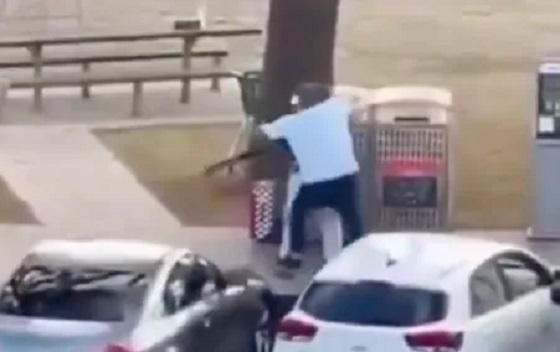
Insane footage shows a bystander attacking and disarming one of the terrorists, who appears to have been armed with a long rifle, during today’s shooting attack on an event celebrating Hanukkah at Bondi Beach in Sydney, Australia. pic.twitter.com/mJceco22bJ
— OSINTdefender (@sentdefender) December 14, 2025
The chaos that struck Australia on Sunday night produced one moment of astonishing courage: a Sydney shopkeeper, armed with nothing but instinct and grit, charged a gunman at Bondi Beach and wrestled the rifle out of his hands as terrified families ran for cover. Authorities say the act likely prevented even more deaths in what officials have already called an antisemitic terror attack that left 12 people dead and dozens wounded during a Hanukkah celebration along the water.
The hero has been identified as 43-year-old fruit shop owner Ahmed Al Ahmed, a father of two who happened to be nearby when gunfire erupted at the beachfront event “Hanukkah by the Sea,” which had drawn more than 200 people. Footage captured the moment he marched toward the shooter, grabbed hold of the rifle, and overpowered him in a brief, violent struggle. As the gunman hit the pavement, Al Ahmed momentarily pointed the weapon back at him but didn’t fire, instead placing it against a tree before another attacker opened up from a bridge above. He was hit in the hand and shoulder and is now recovering after emergency surgery.
A relative told Australia’s Channel Seven that Al Ahmed had never handled a gun in his life. “He’s a hero — he’s 100 percent a hero,” the family member said. New South Wales Premier Chris Minns echoed the praise, calling the scene “unbelievable,” adding, “A man walked up to someone who had just fired on the community and single-handedly disarmed him. Many people are alive tonight because of his bravery.”
Police say two shooters stepped out of a vehicle along Campbell Parade around 6:40 p.m. and began firing toward the beach. One gunman was killed, the other is in custody in critical condition. Detectives are also investigating whether a third attacker was involved, and bomb units swept the area after reports that an explosive device may have been planted beneath a pedestrian bridge. The toll is staggering: 12 dead, including one shooter, and at least 29 wounded — among them children and two police officers.
Prime Minister Anthony Albanese condemned what he called “a targeted attack on Jewish Australians on the first day of Hanukkah,” saying, “What should have been a night of joy and peace has been shattered by this horrifying evil attack.” Emergency crews flooded the beach as hundreds of panicked people sprinted away from the gunfire. Video shows one attacker firing down toward the sand from the bridge behind Bondi Park before being shot himself in a final standoff captured by drone footage. Both gunmen appeared to be carrying ammunition belts, with witnesses estimating up to 50 rounds were fired.
Australian police have cordoned off properties linked to the suspects and continue to canvass Bondi for additional threats. What remains clear is that Sunday’s attack was met with extraordinary acts of self-sacrifice, none more dramatic than a shopkeeper from Sutherland who walked into gunfire to stop further slaughter.
Crime
Terror in Australia: 12 killed after gunmen open fire on Hanukkah celebration
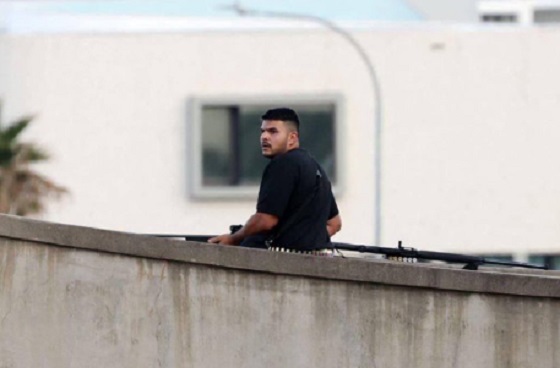
One of the suspected gunmen of the Bondi Beach massacre shooting in Australia has been identified as Naveed Akram
What was supposed to be a peaceful Sunday evening celebration of Hanukkah on one of the world’s most famous beaches instead descended into chaos and bloodshed, as two attackers opened fire on crowds gathered at Sydney’s Bondi Beach, killing 12 people — including one of the gunmen — and injuring at least 11 others.
The violence erupted shortly after 5 p.m. local time, just as more than a thousand people were gathering for “Hanukkah by the Sea,” an annual event held near a playground at the Bondi foreshore. According to Australian outlets, the shooting began as families were lighting candles and singing, sending parents scrambling to shield children and worshippers diving for cover along the promenade.
New South Wales Premier Chris Minns confirmed late Sunday that one attacker was killed at the scene and a second was arrested. He said the evidence already points unmistakably toward an anti-Jewish terror attack. “What should have been a night of peace and joy was shattered by a horrifying, evil attack,” Minns told reporters, noting investigators believe the plot was “designed to target Sydney’s Jewish community.”
NSW Police Commissioner Mal Lanyon said well over a thousand people were present when the shooting started, including two state police officers who were among those struck by gunfire, according to ABC News. Police also located what appeared to be an improvised explosive device in the vicinity shortly after the initial gunfire. Bomb technicians neutralized the device while officers locked down the area and urged residents to shelter in place.
Around 9 p.m., with ambulances and tactical units pouring in, authorities described the unfolding chaos as a “developing incident” and warned anyone nearby to stay indoors. Multiple victims were treated on the sand and the surrounding walkways before being rushed to hospitals across Sydney.
As investigators piece together the attackers’ movements and motive, officials say the toll could have been even worse given the size of the crowd and the presence of children throughout the event. What remains is a shaken city, a grieving Jewish community, and a country once again confronting the threat of political and religious extremism on its own soil.
-

 Crime7 hours ago
Crime7 hours agoTerror in Australia: 12 killed after gunmen open fire on Hanukkah celebration
-

 Energy2 days ago
Energy2 days agoCanada’s future prosperity runs through the northwest coast
-
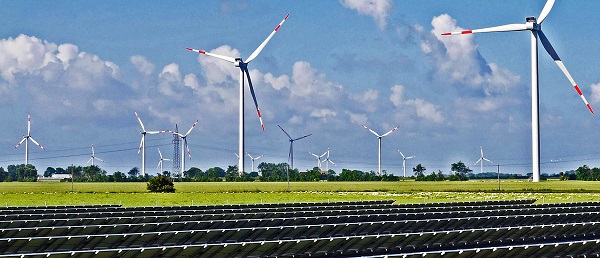
 Business14 hours ago
Business14 hours agoInflation Reduction Act, Green New Deal Causing America’s Energy Crisis
-

 Business24 hours ago
Business24 hours agoFuelled by federalism—America’s economically freest states come out on top
-

 Crime7 hours ago
Crime7 hours agoHero bystander disarms shooter in Australian terror attack
-
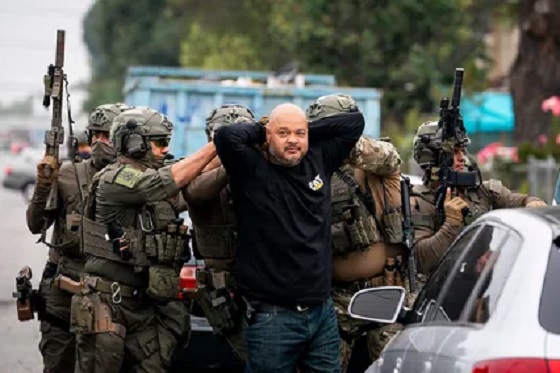
 illegal immigration1 day ago
illegal immigration1 day agoUS Notes 2.5 million illegals out and counting
-

 Daily Caller23 hours ago
Daily Caller23 hours ago‘There Will Be Very Serious Retaliation’: Two American Servicemen, Interpreter Killed In Syrian Attack
-

 Automotive1 day ago
Automotive1 day agoPoliticians should be honest about environmental pros and cons of electric vehicles

